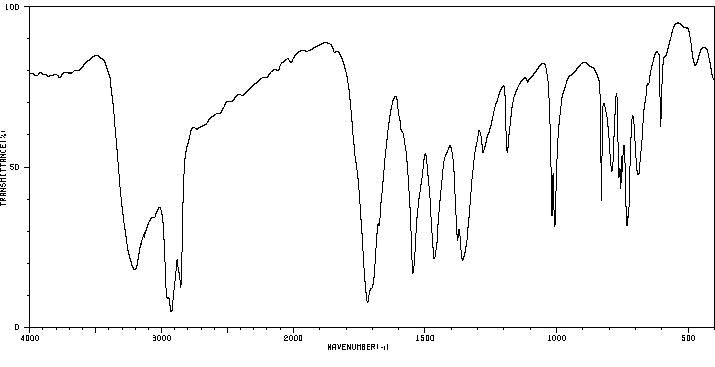代谢
在当前研究中,我们合成了(14)C标记的5-硝基-1,2,4-三唑-3-酮(NTO),并研究了地塞米松诱导的小鼠肝微粒体对其的代谢。在氮气气氛中,5-氨基-1,2,4-三唑-3-酮是NTO唯一检测到的代谢物。微粒体的硝基还原酶活性依赖于NADPH,完全被一氧化碳抑制,部分被氧气抑制。在有氧条件下,除了少量的胺之外,主要形成的代谢物是5-羟基-三唑酮,尿唑。这种化合物是NTO氧化脱硝的结果,产生了等量的亚硝酸盐。这个反应,像硝基还原酶活性一样,依赖于NADPH,并且完全被一氧化碳抑制。硝基还原和氧化脱硝都被咪唑相关抑制剂抑制:咪康唑和甲巯咪唑,以及较少程度上被N-辛基胺抑制。微粒体的脱硝作用被用糖皮质激素和苯巴比妥治疗的 rats。微粒体还原酶活性存在于未经处理的 rat 微粒体中,并且能够被各种诱导剂恢复。本研究的结果表明,细胞色素P-450在NTO的代谢中发挥作用,这一发现得到了重组细胞色素P-450系统的转化支持。
In the present study, we synthesized (14)C-labeled 5-nitro-1,2,4-triazol-3-one (NTO) and investigated its hepatic metabolism by dexamethasone-induced murine hepatic microsomes. Under the nitrogen atmosphere, 5-amino-1,2,4-triazol-3-one was the only detected metabolite of NTO. The microsomal nitroreductase activity was dependent on NADPH, totally inhibited by carbon monoxide and partially inhibited by oxygen. In aerobic conditions, beside a low amount of amine, the major metabolite formed is the 5-hydroxy-triazolone, urazole. This compound resulted from the oxidative denitrification of NTO, which produced equivalent amount of nitrite. This reaction, like the nitroreductase activity, was dependent on NADPH and totally inhibited by carbon monoxide. Both nitroreduction and oxidative denitrification were inhibited by imidazole-related inhibitors: miconazole and methimazole, and to a less extent by N-octylamine. The microsomal denitrification was induced by the treatment of rats with dexamethasone and phenobarbital. The microsomal reductase activity is present in untreated rat microsomes, and recovered with various inducers. The results of this study indicate the role played by cytochrome P-450 in the metabolism of NTO, supported by its transformation with reconstituted cytochrome P-450 systems.
来源:Hazardous Substances Data Bank (HSDB)









